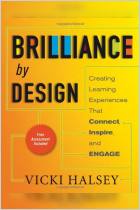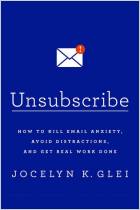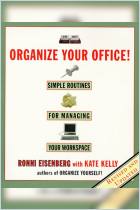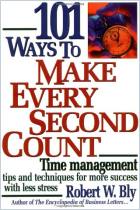Зарегистрируйтесь на getAbstract, чтобы получить доступ к этому краткому изложению.

Зарегистрируйтесь на getAbstract, чтобы получить доступ к этому краткому изложению.
Mike Song, Vicki Halsey and Tim Burress
The Hamster Revolution
Stop Info Glut – Reclaim Your Life
Berrett-Koehler, 2007
Что внутри?
Put away that PDA, take your finger off the “reply-to-all” button and nobody will get hurt.
Recommendation
Taking a break from e-mail is tough because it pours in constantly. Many people tie themselves to their inboxes by carrying devices that keep them connected 24/7. They allow e-mail to interrupt their evening and weekend activities, upsetting family members and creating a lifestyle without any real breaks from work. Mike Song, Vicki Halsey and Tim Burress show you how to change your e-mail response and filing habits to recapture lost time and regain control of your life. The story of Harold, a human resources director, helps them make their points. Reading this book takes roughly 90 minutes, but it will have a long-term impact on your time management. getAbstract recommends it to businesses and teams who feel eternally bombarded with e-mail and want to fight information overload.
Summary
About the Authors
Mike Song is the co-founder and CEO of a consultancy that advises companies about efficiency and e-mail etiquette; Tim Burress is another co-founder and president. Vicki Halsey is a motivational speaker and vice president of a firm that provides leadership advice to corporations.





















Comment on this summary